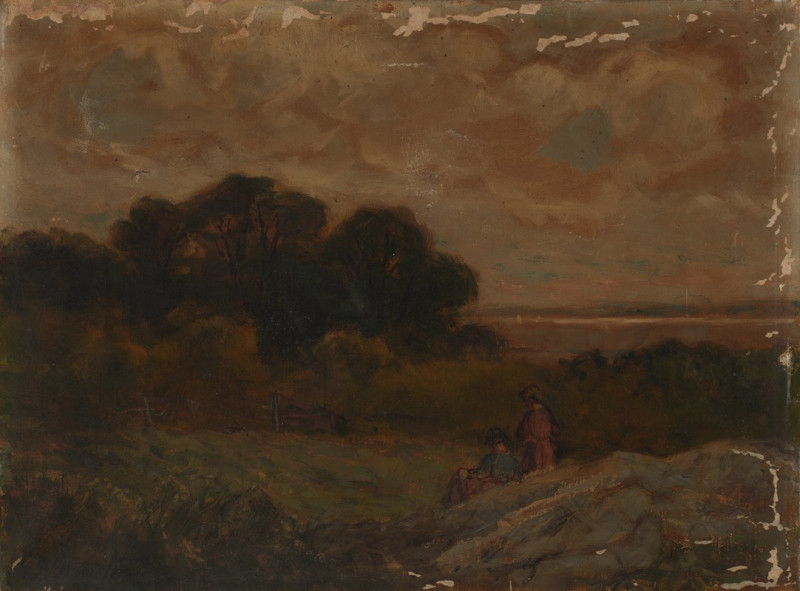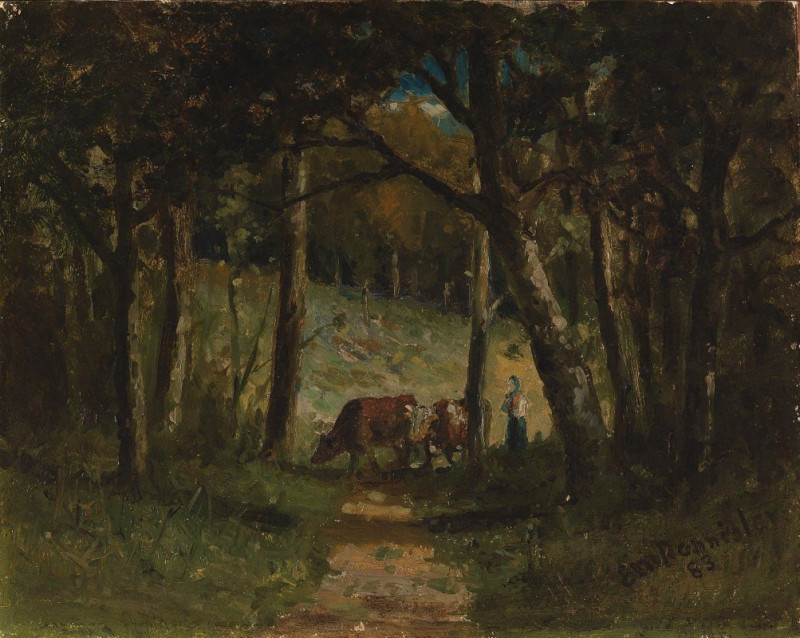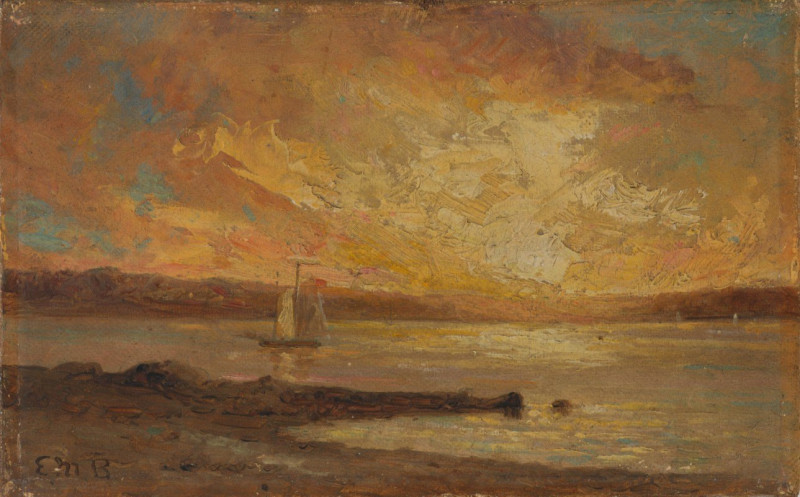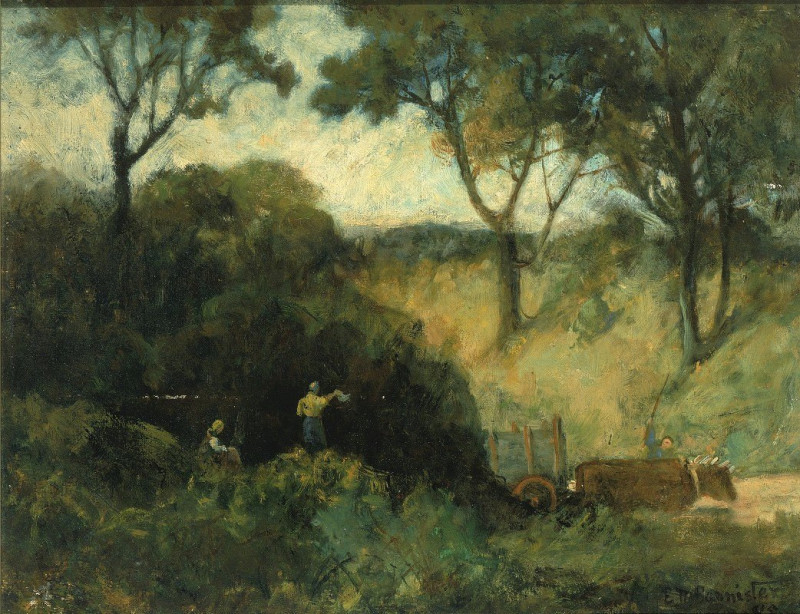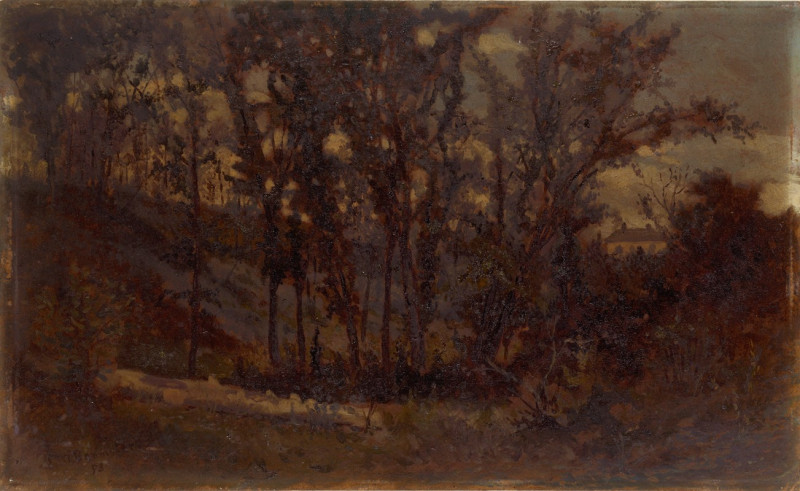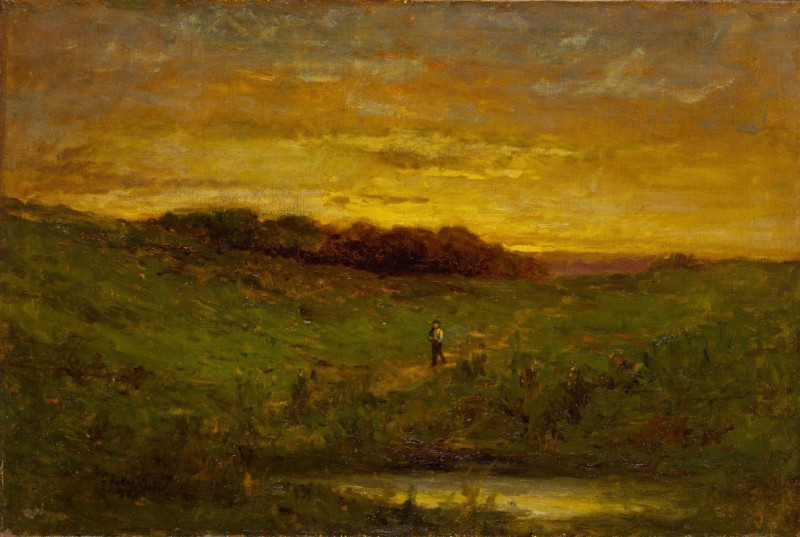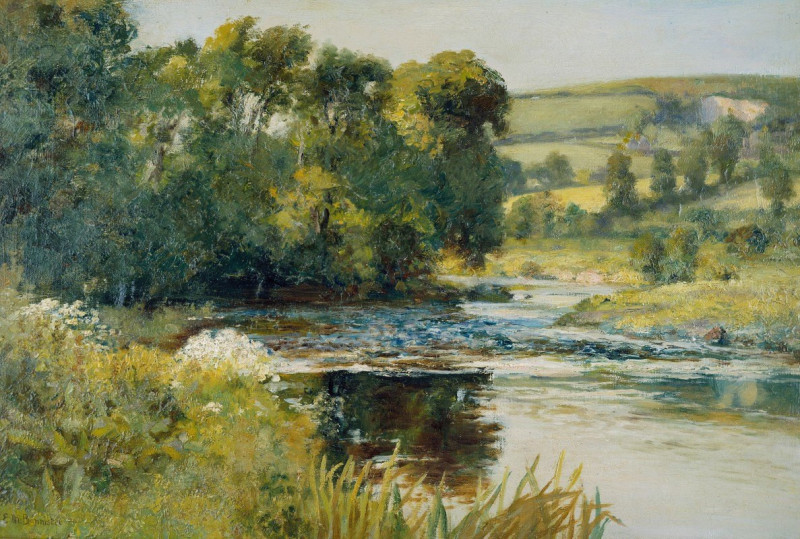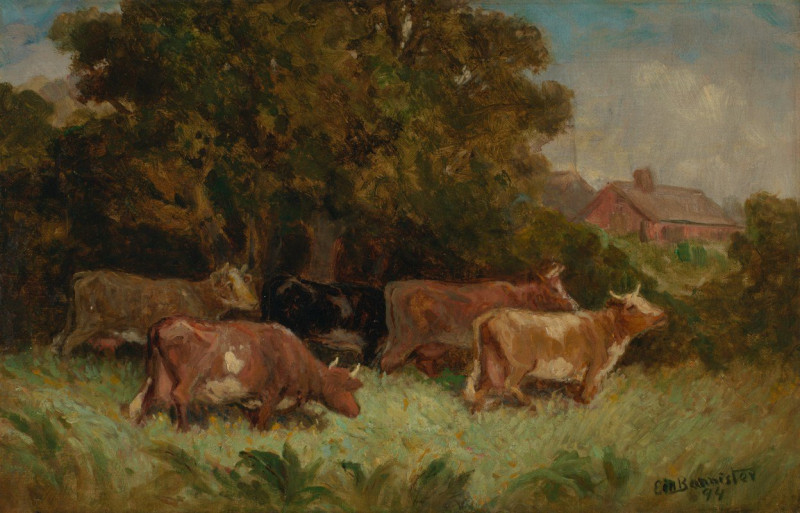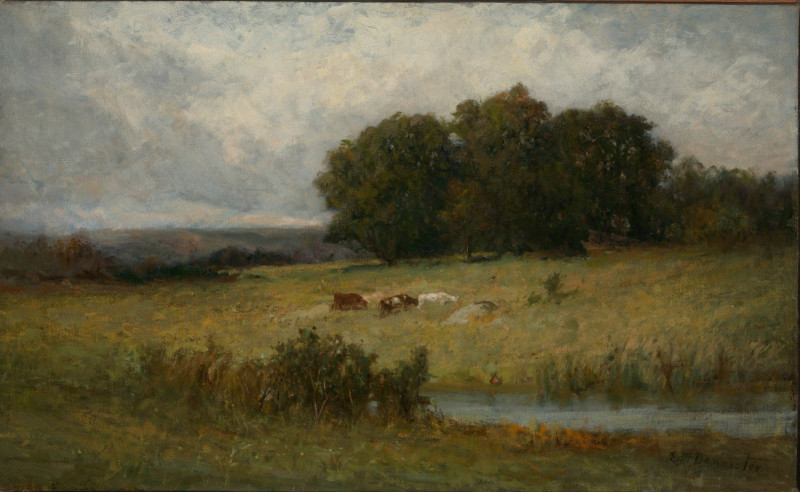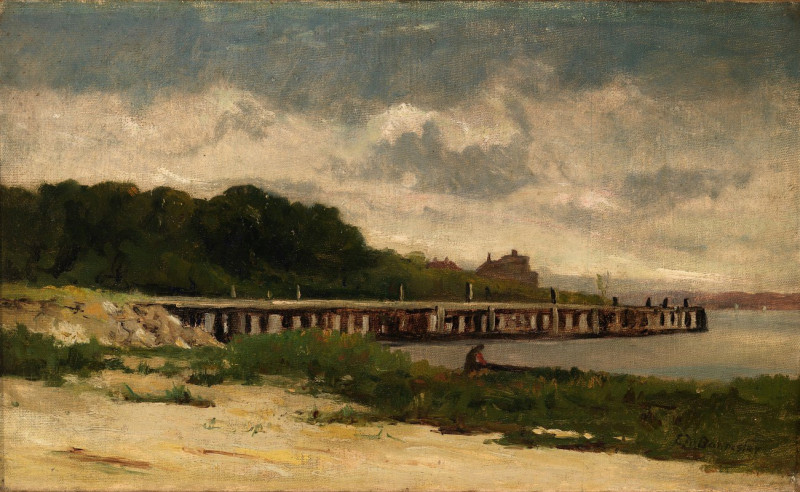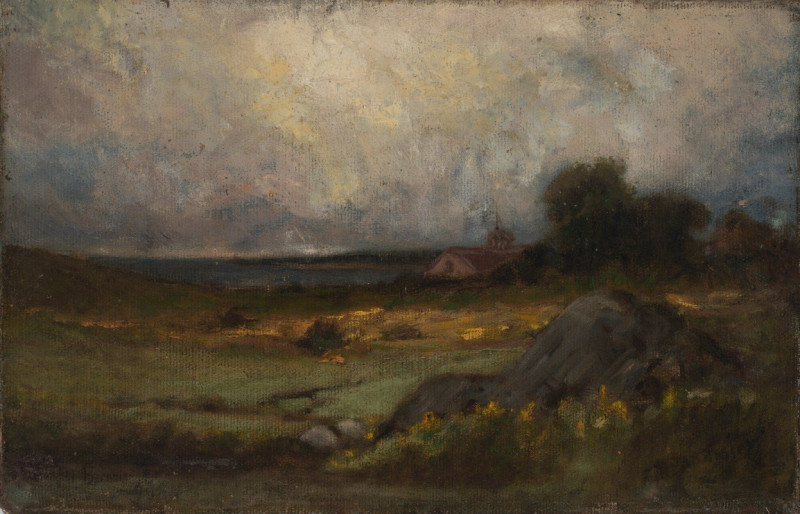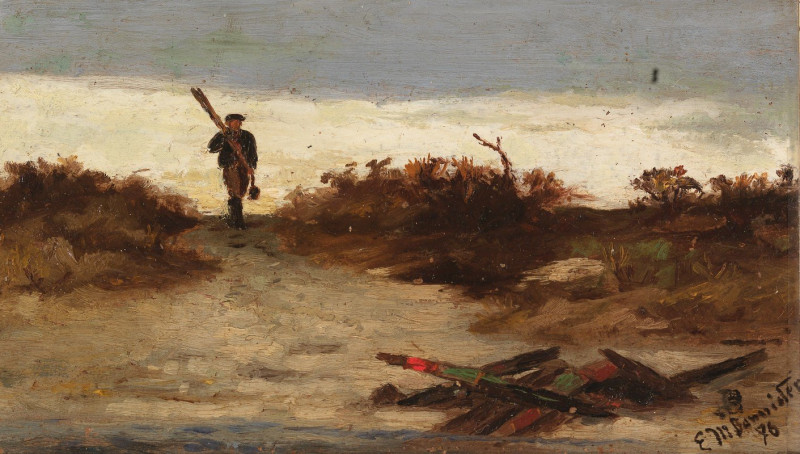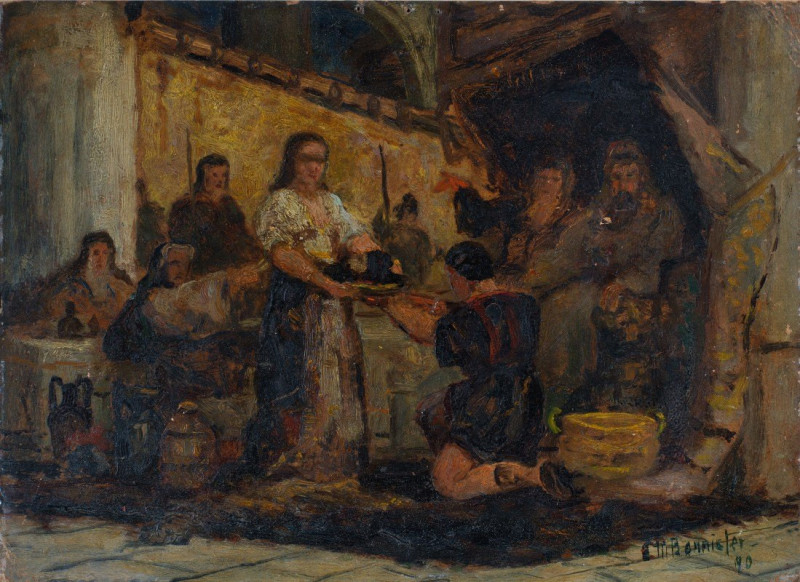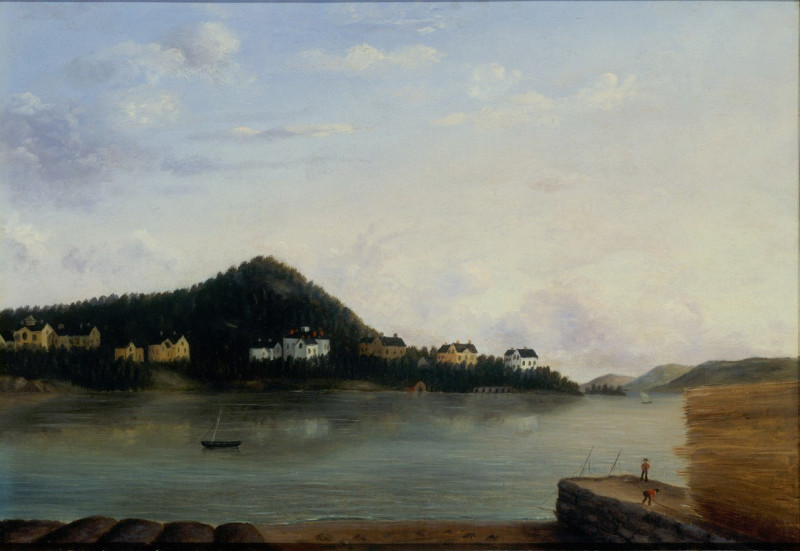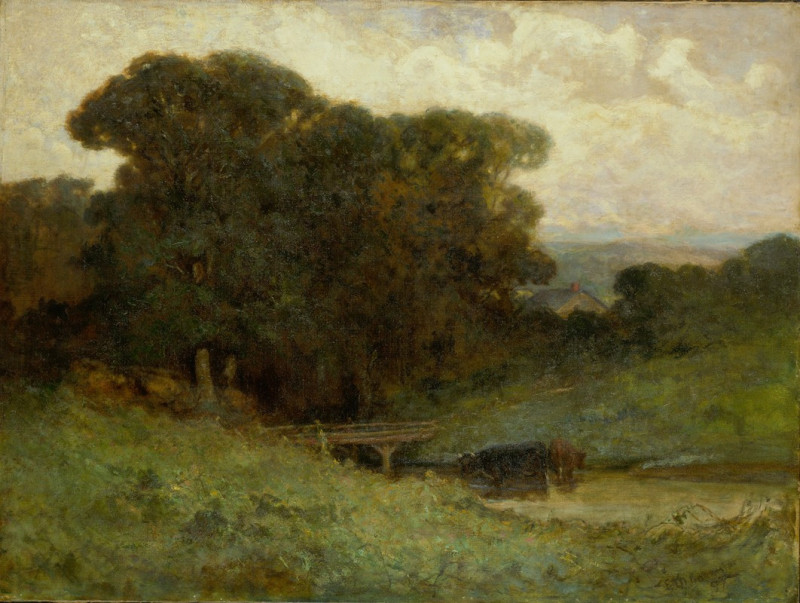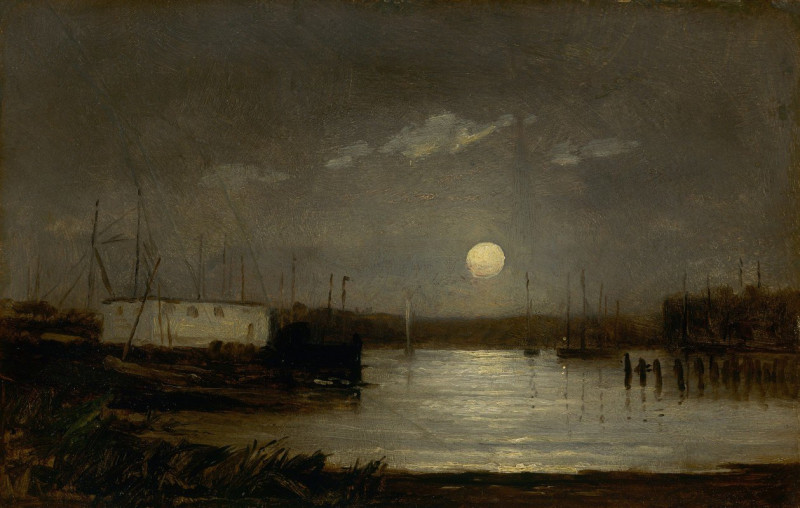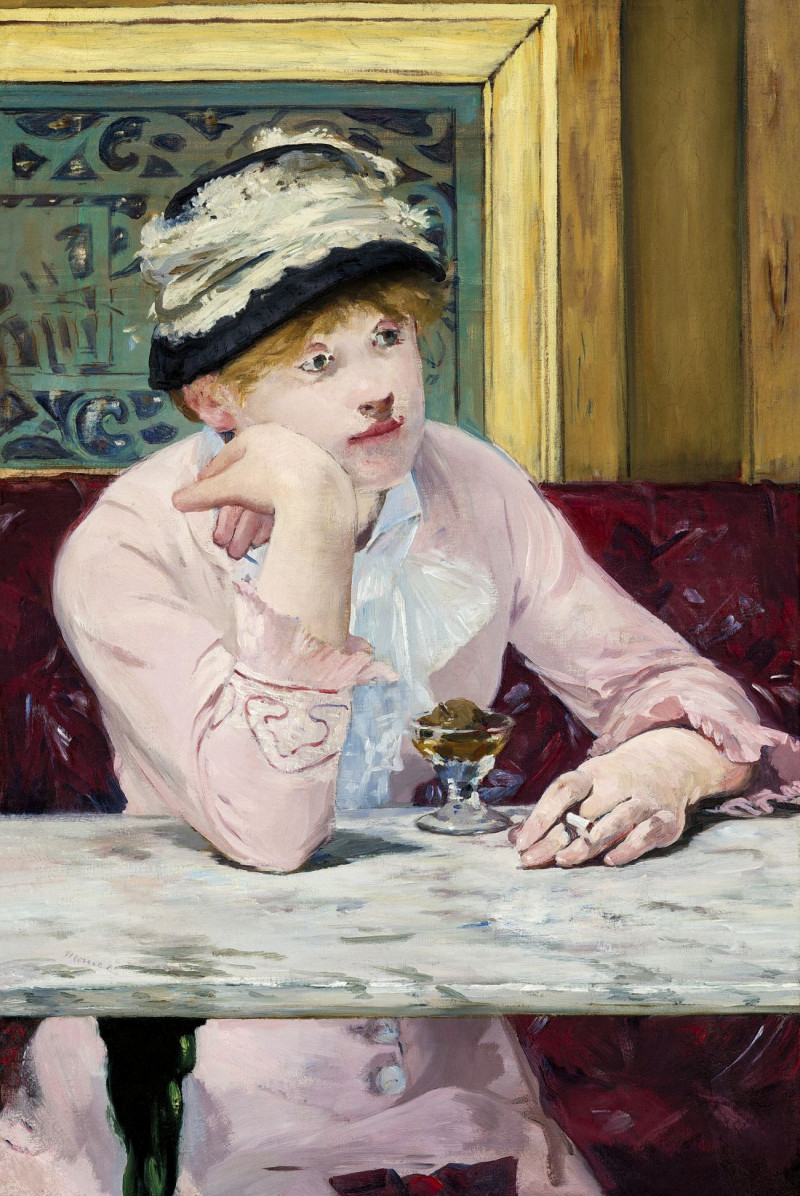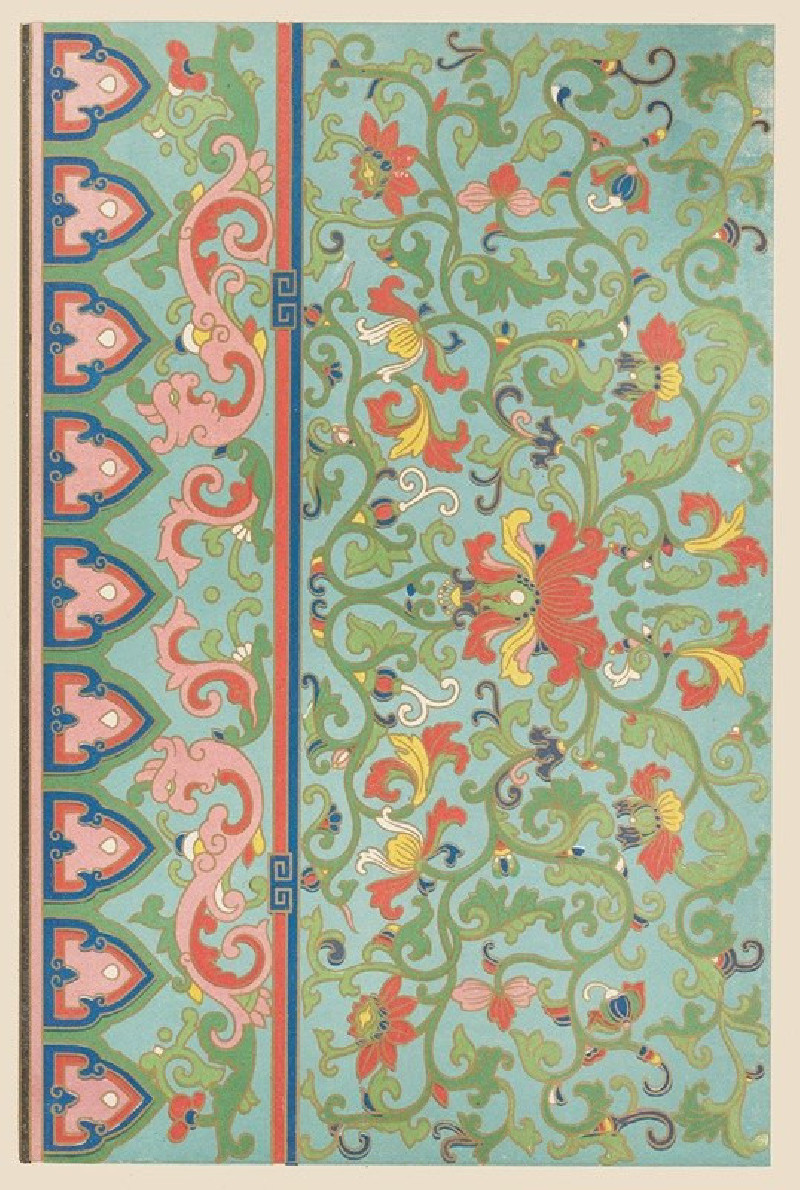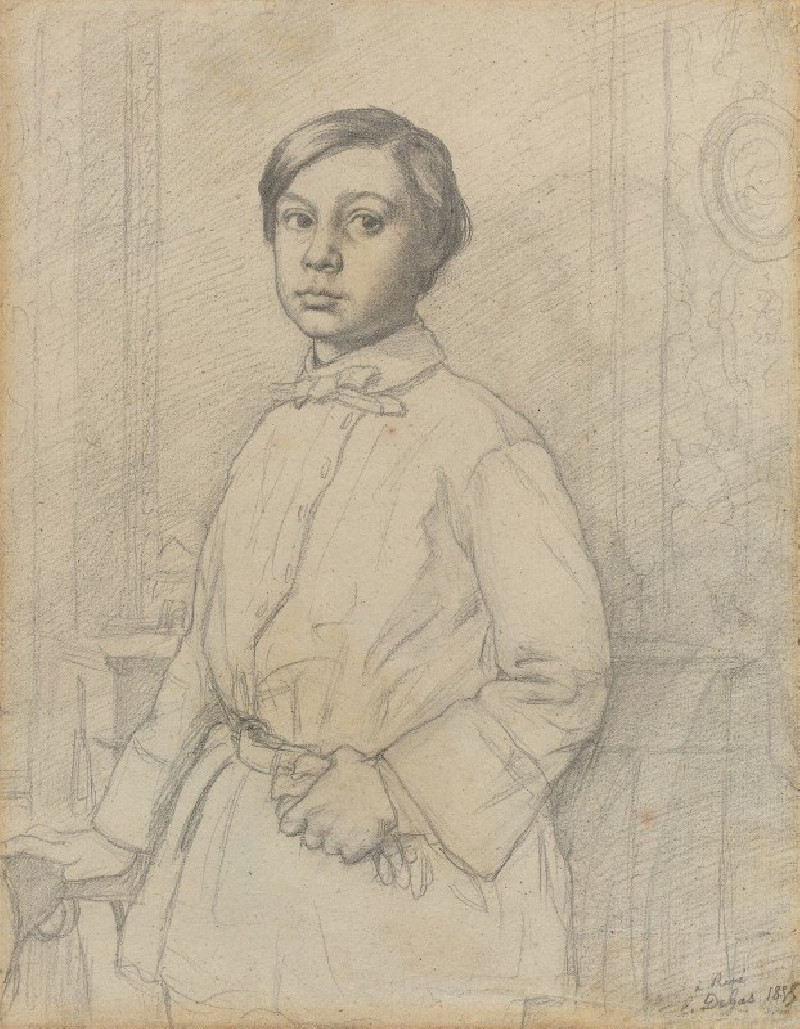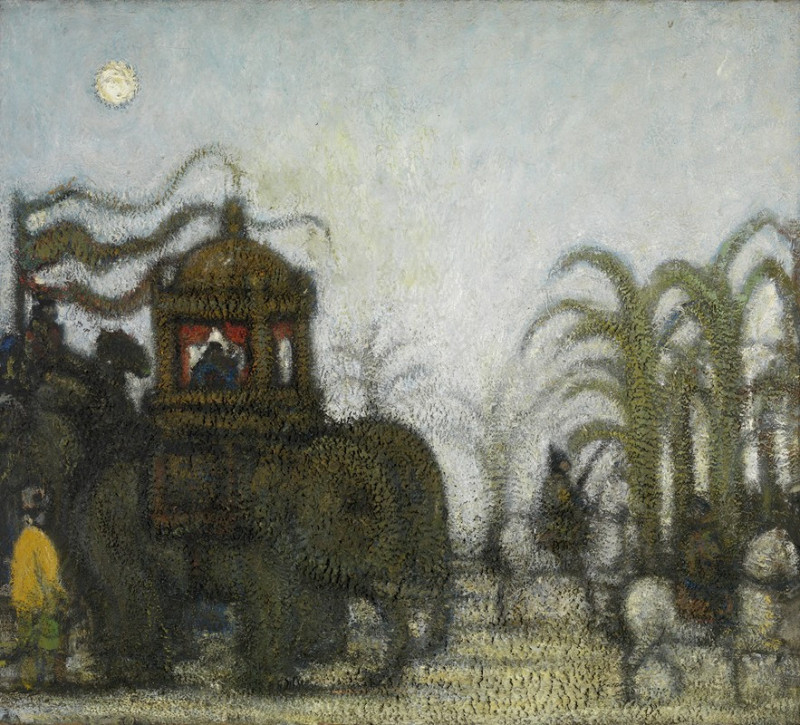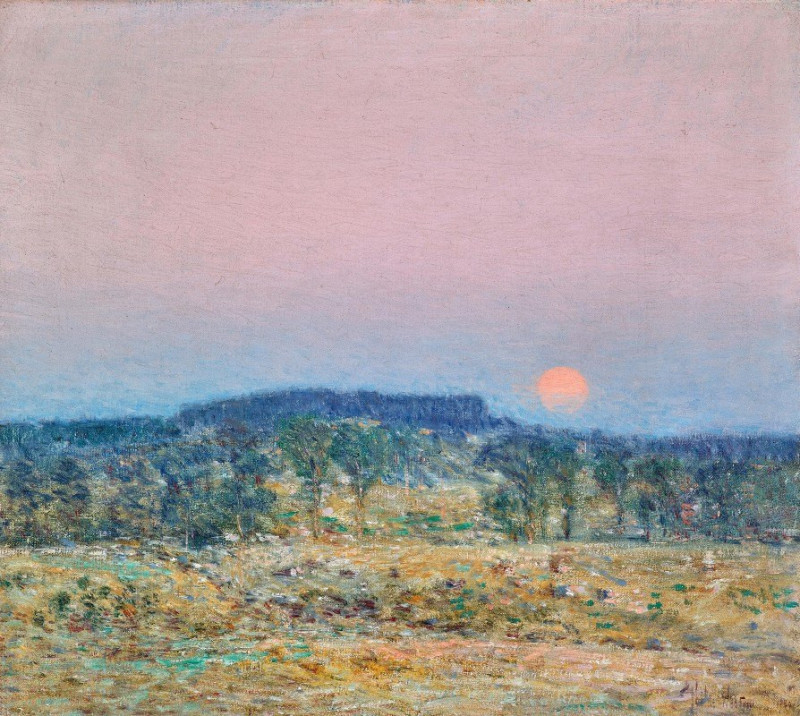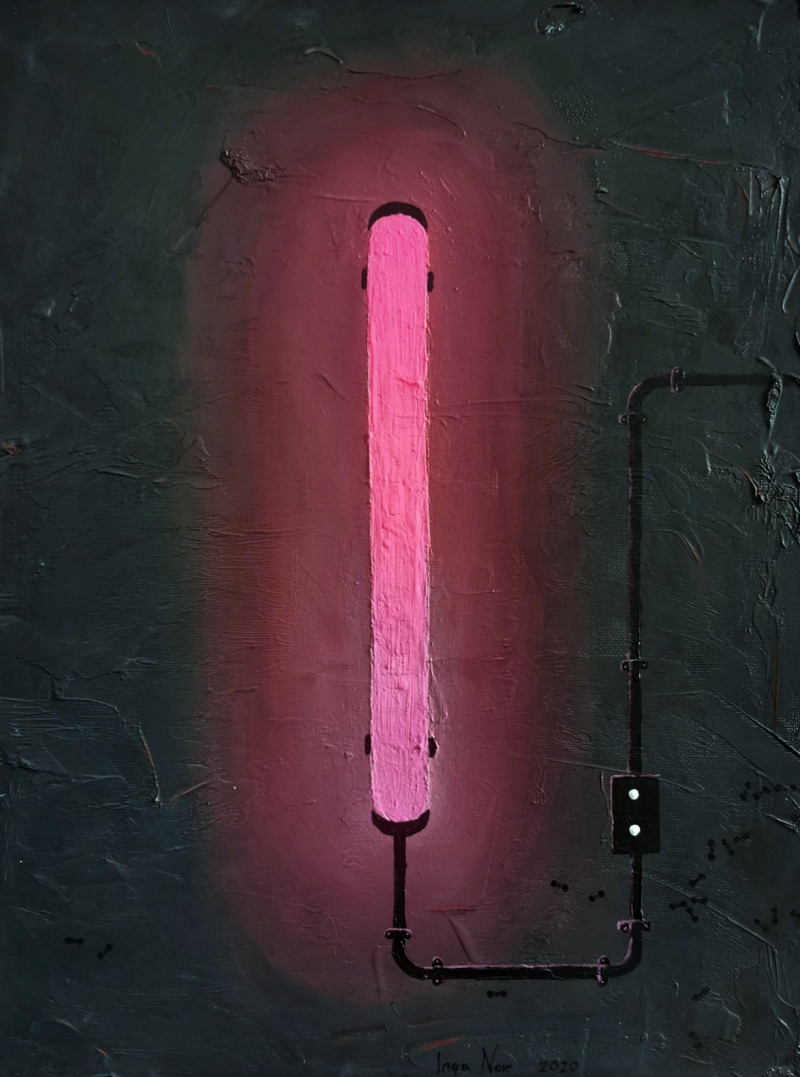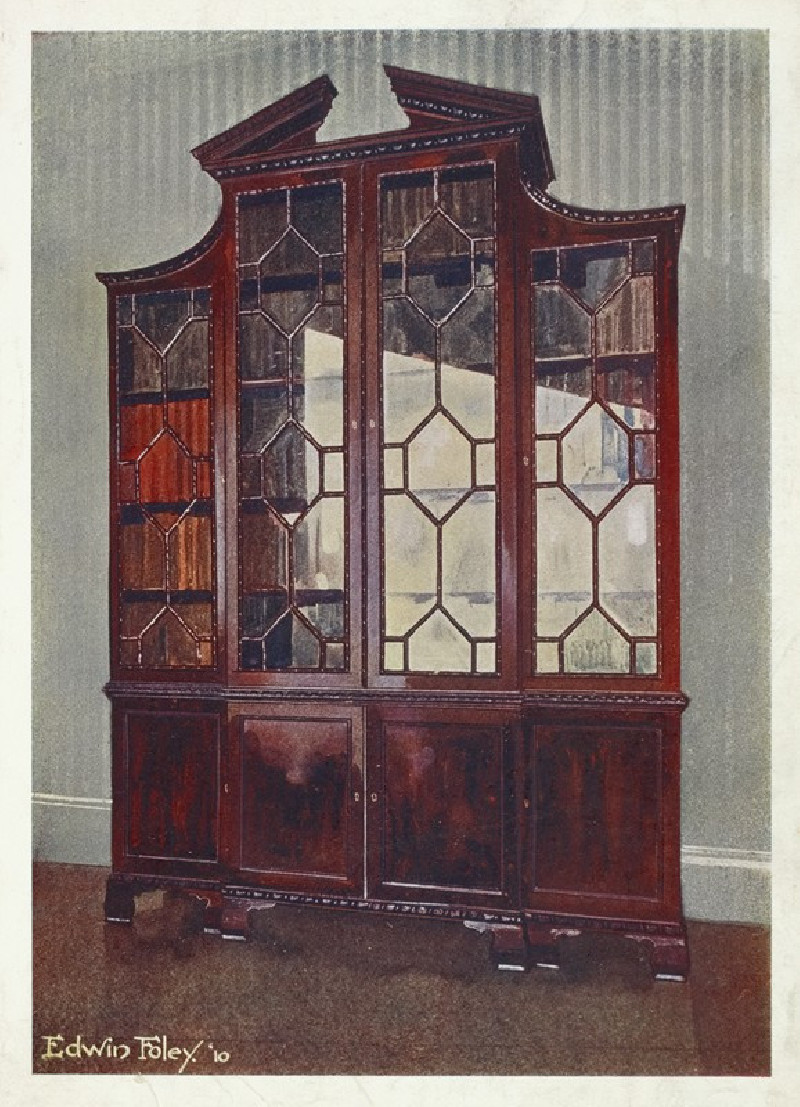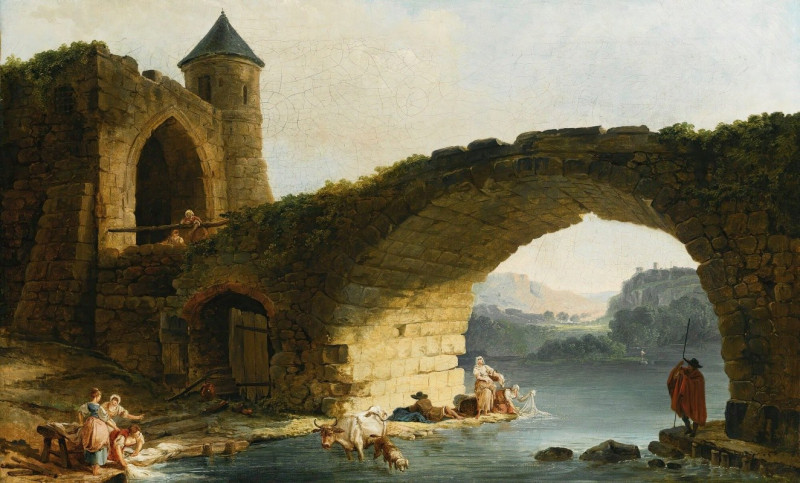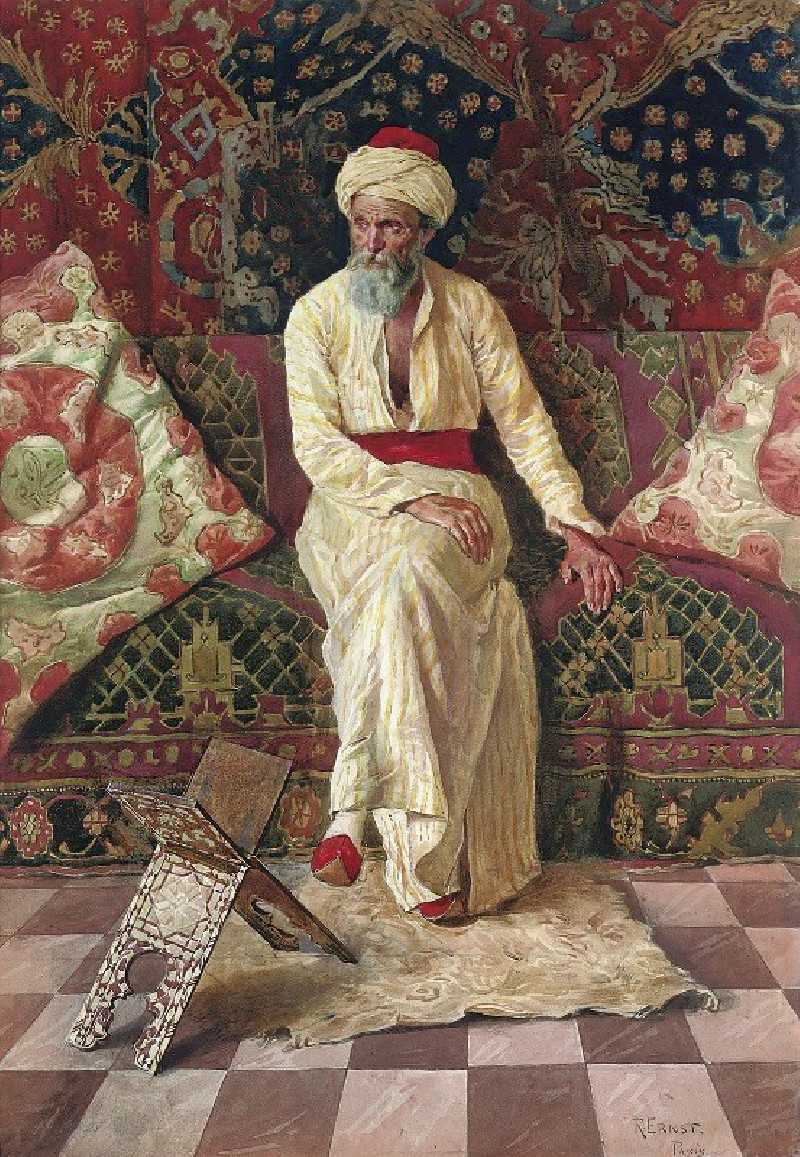Untitled (Landscape with Two Women Reclining on Rocks).
Technique: Giclée quality print
Recommended by our customers
More about this artwork
Edward Mitchell Bannister's evocative painting, "Untitled (Landscape with Two Women Reclining on Rocks)," captures a serene moment in an expansive natural setting. This artwork, rich in earthy tones and subtle light, portrays two women at ease amid a rugged landscape. The figures, dressed in period attire, appear relaxed and absorbed in contemplation or quiet conversation, adding a human element to the wild scenery.The background reveals a beautifully muted sky that seems to blend seamlessly into a distant water body, suggesting either a lake or a calm sea. The overcast sky casts a soft, diffused light that enhances the tranquil mood of the painting. Dense clusters of trees and shrubberies frame the scene, enveloping the figures in a sense of seclusion and peaceful solitude.The rough texture of the rocks where the women recline contrasts strikingly with the softness of the natural elements, suggesting the enduring strength of nature and the fleeting presence of human life within it. Bannister's skillful use of muted greens, browns, and grays conveys a rich tapestry of nature’s colors, while his masterful brushwork invites viewers to feel the serene atmosphere and quietude of the moment captured in this landscape.This painting not only showcases Bannister’s prowess in landscape art but also reflects his sensibility towards conveying profound emotions and narratives through atmospheric conditions and natural settings.
Delivery
Returns
Edward Mitchell Bannister (November 2, 1828 – January 9, 1901) was an oil painter of the American Barbizon school. Born in Canada, he spent his adult life in New England in the United States. There, along with his wife Christiana Carteaux Bannister, he was a prominent member of African-American cultural and political communities, such as the Boston abolition movement. Bannister received national recognition after he won a first prize in painting at the 1876 Philadelphia Centennial Exhibition. He was also a founding member of the Providence Art Club and the Rhode Island School of Design.

